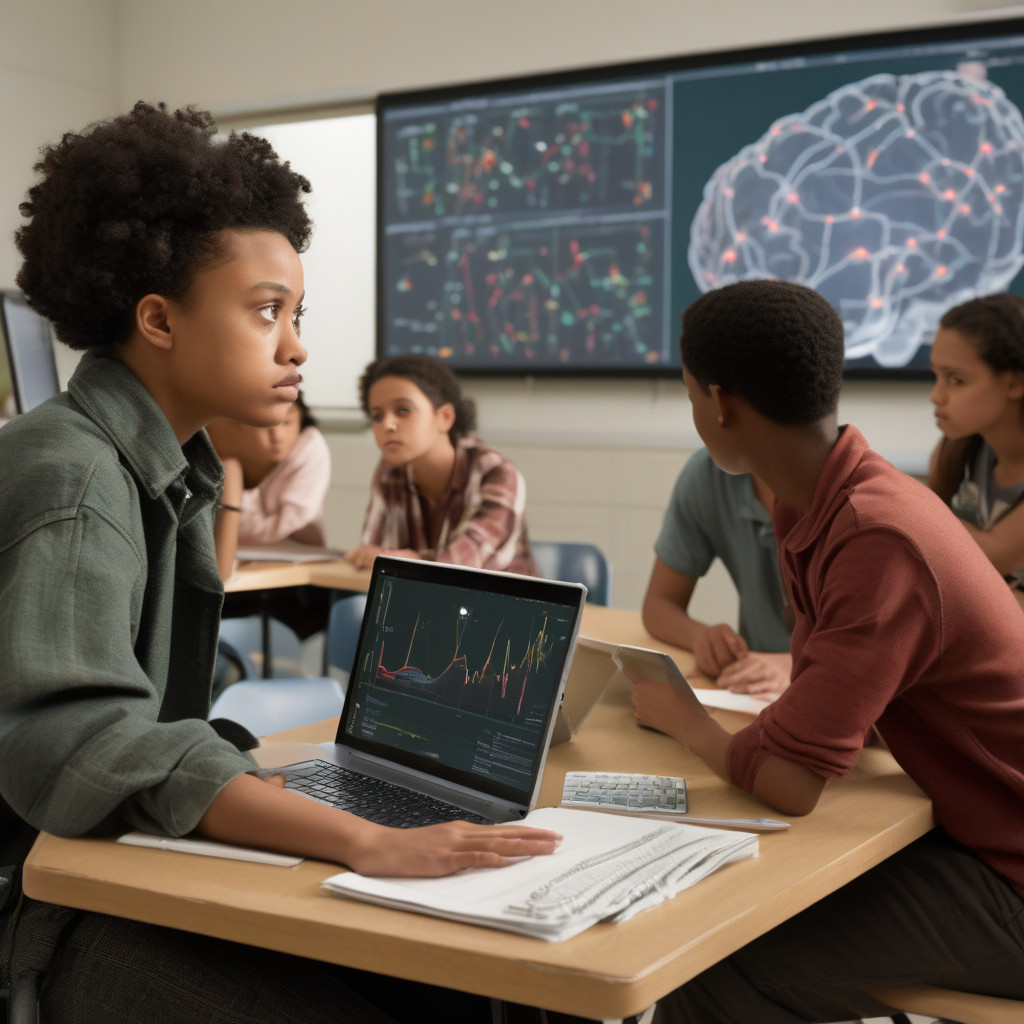AI and LLMs Struggle with Historical Accuracy in Advanced Tests
Artificial Intelligence (AI) has made significant strides in various fields, from healthcare to finance. However, when it comes to historical accuracy, leading AI systems face a daunting challenge. Recent studies have revealed that these sophisticated AI models, including Language Model (LLMs), struggle to perform well on nuanced historical exams, achieving only a modest 46% accuracy at best.
One of the primary reasons for this struggle is the inherent complexity of historical data. Unlike straightforward tasks such as image recognition or language translation, historical accuracy requires a deep understanding of context, causality, and human behavior over time. AI systems, while adept at processing vast amounts of data, often lack the nuanced understanding needed to interpret historical events accurately.
For example, when presented with questions about the causes of World War II or the impact of the Industrial Revolution, AI systems may falter in providing precise and insightful answers. These historical events are shaped by a myriad of interconnected factors, including political, social, and economic dynamics, making it challenging for AI to grasp the full context accurately.
Moreover, historical accuracy also hinges on the ability to discern between primary and secondary sources, evaluate the credibility of historical accounts, and synthesize diverse perspectives. While AI systems can analyze text data at scale, they may struggle to differentiate between reliable sources and biased narratives, leading to inaccuracies in their historical assessments.
To address these challenges, researchers are exploring innovative approaches to enhance AI’s historical accuracy. One promising avenue is the integration of domain-specific knowledge graphs, which capture historical events, relationships, and timelines in a structured format. By leveraging these knowledge graphs, AI systems can contextualize historical data more effectively and improve their accuracy in answering complex historical questions.
Furthermore, advancements in natural language processing (NLP) techniques, such as pre-training models on historical texts and documents, can also bolster AI’s historical acumen. By exposing AI systems to a diverse range of historical sources and narratives, researchers can fine-tune these models to better understand and interpret complex historical events.
Despite these efforts, achieving high levels of historical accuracy remains a formidable task for AI systems and LLMs. The nuanced nature of historical data, coupled with the intricacies of human history, presents an ongoing challenge for researchers and developers striving to enhance AI’s historical acumen.
In conclusion, while AI has demonstrated remarkable capabilities in various domains, its struggle with historical accuracy underscores the need for continued research and innovation in this critical area. By leveraging domain-specific knowledge graphs, refining NLP techniques, and fostering interdisciplinary collaborations, we can pave the way for AI systems to achieve greater historical accuracy and deepen our understanding of the past.
AI, LLMs, Historical Accuracy, Advanced Tests, Innovation












